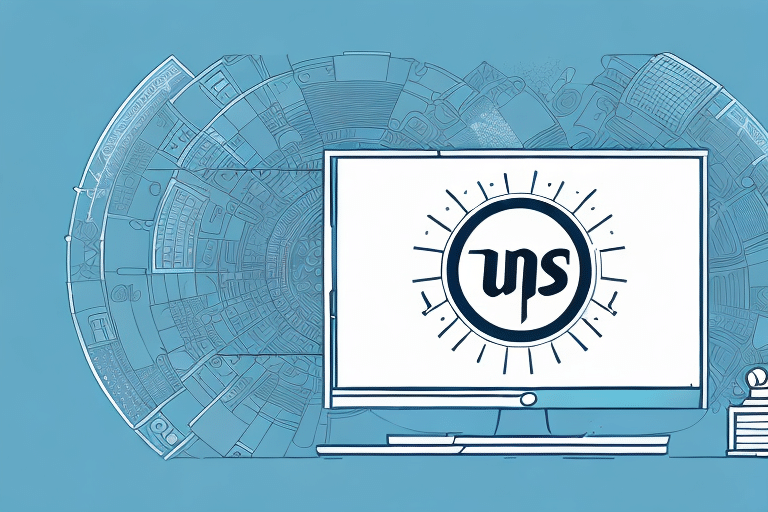An Introduction to Leveraging Carrier Contracts for Business Growth
Business growth involves making strategic decisions that enhance operational efficiency and reduce costs. One such decision is entering into carrier contracts with other businesses. These partnerships can enable companies to focus on their core competencies while benefiting from shared resources. This article delves into the advantages of using others' carrier contracts, the necessary steps before entering into such agreements, methods to identify potential partners, essential elements of a carrier contract, and strategies to ensure smooth operations and effective communication with partner businesses.
Benefits of Utilizing Others' Carrier Contracts
Cost Savings and Increased Profit Margins
Partnering with another business to share the costs of operating a carrier network can lead to significant savings. According to a Forbes article, businesses that collaborate on logistics can reduce overhead costs by up to 20%, thereby increasing their profit margins.
Enhanced Operational Efficiency
Shared carrier networks allow businesses to streamline their processes, improving supply chain reliability and reducing delivery times. A report by McKinsey & Company highlights that companies can boost their operational efficiency by 30% through strategic logistics partnerships.
Expanded Business Reach
Utilizing established carrier networks facilitates business expansion into new regions without substantial investment in infrastructure. This is particularly advantageous for startups and small businesses aiming to scale quickly.
Steps to Entering a Carrier Contract
Aligning with Business Goals
Before entering a carrier contract, businesses should ensure that the partnership aligns with their strategic objectives. This involves evaluating how the carrier partnership will support long-term growth and operational goals.
Conducting Comprehensive Partner Research
Thoroughly research potential partners by assessing their market reputation, financial stability, and operational capabilities. Utilize resources like Bloomberg for financial insights and industry reports for reputation analysis.
Defining Scope and Assessing Risks
Clearly outline the scope of the partnership and conduct a risk assessment to identify potential vulnerabilities. Ensure compliance with all regulatory requirements and legal considerations.
Establishing Clear Communication Channels
Define roles and responsibilities, set up communication protocols, and establish performance metrics to ensure both parties are aligned and can address issues promptly.
Considering Long-Term Implications
Evaluate the scalability of the partnership and its ability to adapt to changing market conditions and customer needs, ensuring the relationship can support future growth.
Identifying and Selecting the Right Partners
Evaluating Reputation and Financial Stability
Choose partners with a strong market reputation and solid financial health. Resources like Dun & Bradstreet can provide valuable insights into a company's financial status.
Geographic Coverage and Technological Capabilities
Ensure potential partners have a robust presence in the required regions and possess the necessary technological infrastructure to meet operational needs.
Leveraging Industry Associations and Networks
Utilize industry associations and peer networks to identify reputable partners. Platforms such as the Council of Supply Chain Management Professionals (CSCMP) offer resources for finding potential partners.
Key Elements of a Robust Carrier Contract
Comprehensive Scope and Responsibilities
The contract should clearly outline the roles and responsibilities of each party, ensuring both sides understand their obligations.
Data Security and Confidentiality
Incorporate strict data security measures to protect sensitive information. Refer to guidelines from the ISO 27001 standard for best practices.
Service Level Agreements (SLAs)
Define the expected level of service, including delivery times, tracking capabilities, and customer support. Include penalties for non-compliance to ensure accountability.
Dispute Resolution and Termination Clauses
Establish clear procedures for resolving disputes and outline the terms under which the contract can be terminated, ensuring both parties have a clear exit strategy if needed.
Managing Risks and Ensuring Partnership Success
Risk Identification and Mitigation
Regularly conduct risk assessments and develop contingency plans to address potential disruptions. Utilize frameworks from the ISO 31000 Risk Management Standard.
Effective Communication Strategies
Maintain open and transparent communication channels. Implement collaboration tools like Slack or Microsoft Teams to facilitate real-time communication.
Performance Monitoring and Feedback
Establish metrics to monitor the performance of the carrier partnership. Regularly review these metrics and provide feedback to continuously improve the partnership.
Best Practices for Scaling Through Carrier Contracts
Strategic Partnerships and Integration
Develop integrated approaches with strategic partners to create a seamless carrier network. Align technology systems to enhance data sharing and operational efficiency.
Regular Risk Assessments and Performance Reviews
Conduct periodic risk assessments and performance reviews to identify areas for improvement and ensure the partnership remains beneficial.
Maintaining Clear Communication and Accountability
Ensure that all parties are accountable for their roles and responsibilities. Use project management tools like Asana or Trello to track progress and maintain accountability.
Future Trends in Carrier Contract Partnerships
Integration of Advanced Technologies
The adoption of data analytics, automation, and blockchain technology is set to revolutionize carrier networks. These technologies enhance supply chain visibility and operational efficiency, as noted in a Gartner report.
Sustainability and Green Logistics
Increasing focus on sustainability is driving businesses to adopt greener logistics practices. Partnering on carrier contracts can help reduce the carbon footprint by optimizing routes and consolidating shipments.
Enhanced Data Security Measures
With the rise in cyber threats, businesses are prioritizing data security in their carrier contracts. Implementing robust security protocols is essential to protect sensitive information and maintain trust.
By staying informed about emerging trends and continuously adapting to technological advancements, businesses can maintain a competitive edge and achieve long-term success through strategic carrier contract partnerships.






















